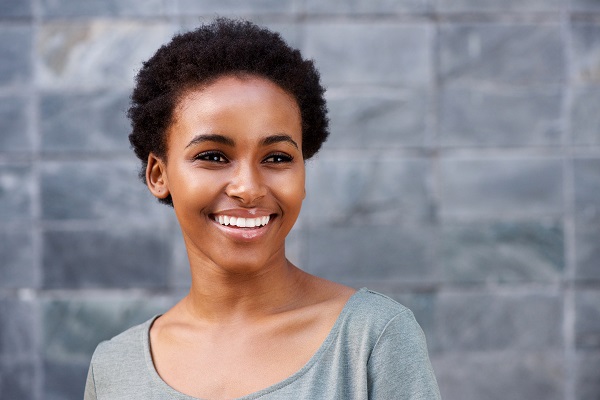Rhinoplasty is one of the most popular plastic surgery procedures performed every year. In 2017 alone, there were 218,924 rhinoplasty procedures performed in the United States. However, rhinoplasty requires a high degree of both artistry and surgical precision; it’s considered to be one of the most complex plastic surgery procedures.
As a result, it’s common for patients to seek secondary or revision rhinoplasty after their initial nose reshaping procedure. Below, we’ll be exploring why revision rhinoplasty is sometimes necessary, and how this procedure can help you achieve the results you deserve.
Common Reasons for Seeking Revision Rhinoplasty
Nasal Bridge Collapse
Cartilage forms an important part of the nose’s internal structure and foundation. When too much cartilage is removed during the initial rhinoplasty procedure, this can cause certain parts of the nose to collapse. This is usually a gradual process, with areas like the middle of the nose eventually collapsing and possibly creating a nasal obstruction.
When the patient lacks adequate cartilage, Dr. Hershcovitch can perform a cartilage grafting procedure to help build up the structure of the nose. This reinforces the nasal structure to help restore a more natural appearance to the nose. This technique can also be used in a primary rhinoplasty when the patient lacks cartilage and wants their nasal bridge to look more elevated.
Overcorrected Nasal Tip
Some patients are unhappy with the results of their nose surgery due to an overcorrected nasal tip. This usually results in an over-rotated and upturned nose, or an under-rotated, droopy nasal tip.
Over-rotation typically occurs when too much of the supporting elements of the nasal tip are removed. Without adequate support, the tip essentially falls backward, causing an upturned appearance. This can also be caused by the contracture of scar tissue, which pulls the tip of the nose. To address these issues, Dr. Hershcovitch can rebuild the structure of the nose and release the scar tissue, if needed.
In some cases, overcorrection of the nasal tip may lead to the opposite problem: a drooping nose. When the nose lacks proper structure, the nasal tip may droop downward. By rebuilding the underlying support system, Dr. Hershcovitch can correct these cosmetic irregularities through revision rhinoplasty.
Asymmetrical Nostrils
The nose is made up of many intricate and delicate components; even a slight overcorrection can significantly affect the aesthetic outcome. While most noses have a slight degree of asymmetry, complications from rhinoplasty can make the nostrils looks unnaturally asymmetrical.
When patients have uneven nostrils after rhinoplasty, it is frequently caused by removing too much of the pieces of cartilage that support the nasal tip. The weakened points basically buckle, causing one side of the nose to project into the other side. When correcting this type of complication, Dr. Hershcovitch works to restructure the nasal tip and strengthen its foundation to prevent further cosmetic irregularities from developing.
Avoid Rhinoplasty Complications by Choosing an Expert
While the above complications can occur, you can increase your chances of an optimal outcome by choosing a surgeon who specializes in rhinoplasty. Dr. Matt Hershcovitch is a double board-certified facial plastic surgeon who is renowned for his ability to create natural-looking results. Whether you’d like to correct irregularities left by your first nose surgery, or you’re seeking rhinoplasty for the first time, he can help you attain facial harmony. To take the next step, contact him today to schedule your personal consultation.

